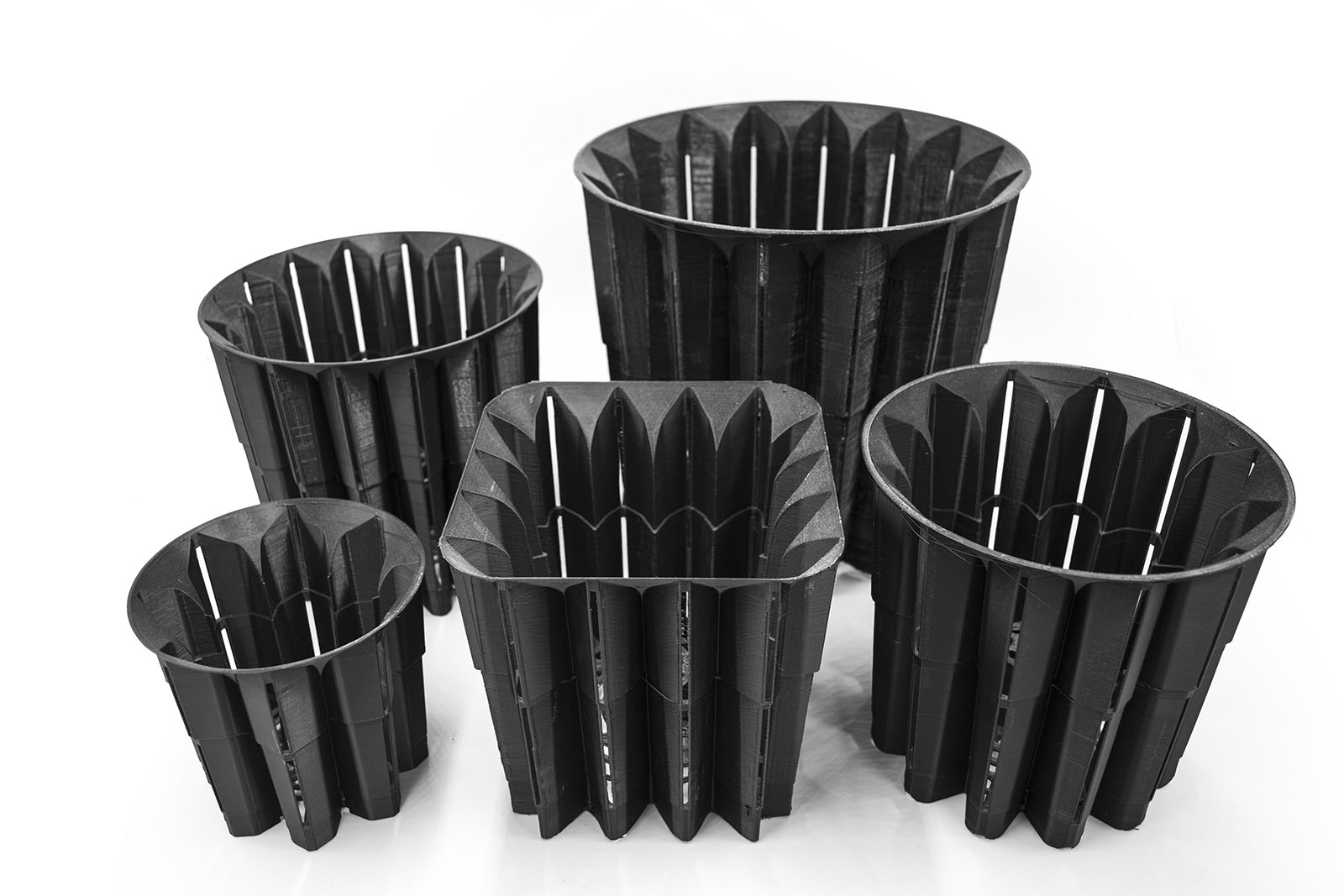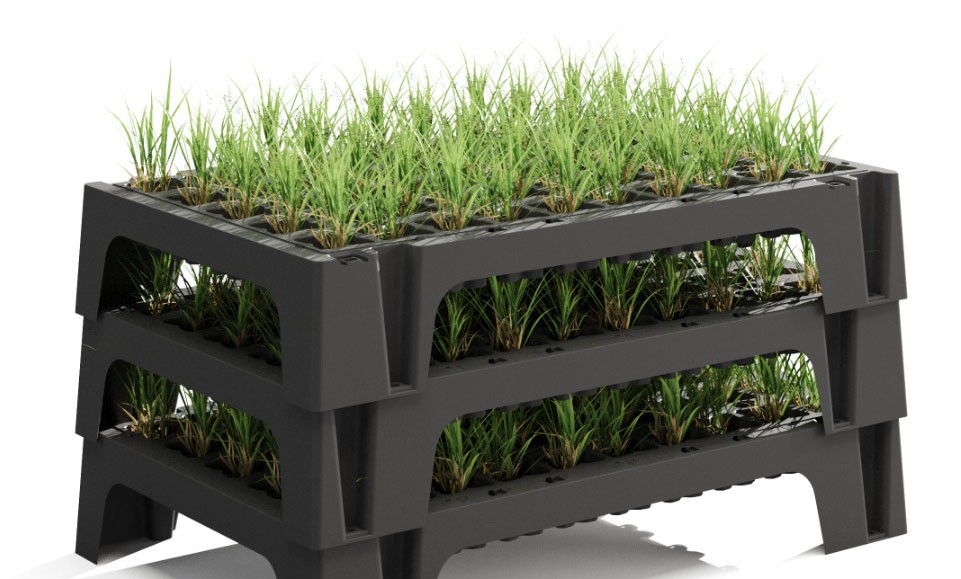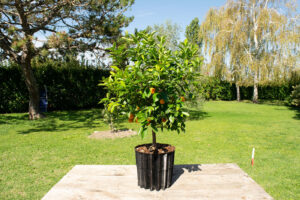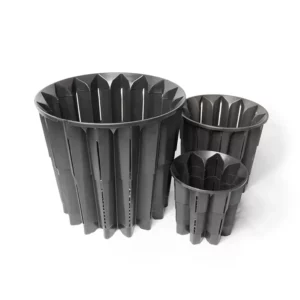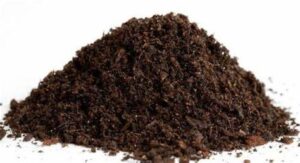Everything you need to know about repotting aromatic plants.
Repotting aromatic plants is an important operation to keep them healthy and ensure their optimal growth. In this article, you’ll find out everything you need to know about repotting herb plants, including when to do it, how to do it, and how often.
Why is it important to repot?
Aromatic plants, such as sage and rosemary, are perennials that can survive for many years. However, if we grow them in pots, the container will become tight for their root system and the soil will become depleted. To keep plants healthy and ensure optimal growth, it is necessary to repot the plants periodically.
When to repot?
All aromatic plants must be repotted when purchased from the nursery, as they are usually found in undersized containers. After this first transplant, the annual aromatic plants (such as basil, watercress, dill and parsley) do not need to be moved further and will finish their cycle the following winter.
Perennial aromatic plants grown in pots, on the other hand, need to be repotted cyclically. This is the case with sage, rosemary, thyme, mint, oregano, marjoram, lavender, chives and bay leaves. On average, it is recommended to repot every 3-4 years, when the container is too narrow for the size of its root system.
The repotting of aromatic herbs can be done at any time of the year, but it is not recommended to do it in the months when the climate is excessively cold or hot. In general, spring and autumn are the best times to repot aromatic plants.
How to repot aromatic plants?
Before proceeding with the repotting of the aromatic plants, it is important to prepare everything necessary: the new container, the substrate and the fertilizer. To repot, follow these simple steps:
- Gently lift the herb from the old container, trying not to damage the roots.
- Remove excess soil from the roots, being careful not to damage them.
- Place the plant in the new container, adding fresh substrate.
- Squeeze the substrate gently to remove any air bubbles. Water the plant
- Place the new container in a suitable place for the plant, avoiding excessive exposure to the sun or cold.
How to fertilize aromatic plants after repotting?
After repotting the plants, it is important to provide them with proper fertilization. It is advisable to use a slow release fertilizer, to be added to the substrate during repotting. Alternatively, it is possible to use a liquid fertilizer diluted in irrigation water, to be administered every 15-20 days.
Repotting aromatic plants is an important operation to keep them healthy and ensure optimal growth. To carry out the repotting, it is necessary to choose the right period, prepare everything necessary and follow the right steps. After repotting, it is important to provide the plants with proper fertilization to ensure their health and optimal growth. By following these simple tips, you will be able to grow luxuriant and healthy aromatic plants for many years.
THE ROOTHUS SYSTEM
